In the fast-paced digital world, elections are not just won with policies and promises; they are also shaped by captivating visuals and compelling narratives. Modern election campaigns rely heavily on crafty art to convey messages effectively, capture attention, and mobilize voters. Let’s delve into the art of creating modern election posts that resonate with the audience and leave a lasting impact.
Importance of Visual Content in Election Campaigns
Visual content has become the cornerstone of successful election campaigns. In a sea of information, eye-catching graphics and videos stand out, drawing viewers’ attention and conveying messages more efficiently than text alone. With the ever-decreasing attention spans, politicians and campaign managers understand the need to leverage visual elements to engage and inform voters effectively.
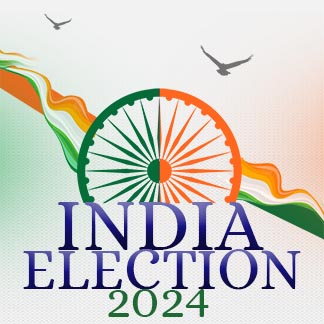
Crafting Compelling Art for Election Posts
Crafting compelling art for election posts requires a deep understanding of the target audience and their preferences. Whether it’s bold infographics, captivating illustrations, or emotive videos, the key is to choose visual elements that resonate with the viewers and evoke the desired emotions. Moreover, ensuring consistency in branding across all visual assets helps reinforce the campaign’s message and identity.
Utilizing Technology for Modern Election Posts
Advancements in technology have revolutionized the way election post are created and distributed. Social media platforms offer a powerful medium for reaching a wide audience instantly, while graphic design tools empower campaigners to produce professional-grade visuals with ease. By harnessing the power of technology, politicians can amplify their message and connect with voters on a more personal level.
Incorporating Branding Elements
Effective election art goes beyond mere aesthetics; it serves as a reflection of the candidate’s values and vision. By incorporating branding elements such as logos, colors, and slogans, campaigners can reinforce their identity and create a sense of familiarity among the audience. Consistency in messaging across all visual assets is crucial for building recognition and trust, ensuring that voters associate the candidate with their core values and priorities.
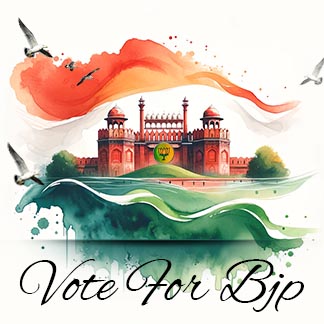
Balancing Creativity and Professionalism
While creativity is essential for grabbing attention and standing out in a crowded digital landscape, it must be balanced with professionalism and credibility. Election art should be visually appealing and engaging without resorting to sensationalism or misinformation. Campaigners must strike the right balance between creativity and professionalism, ensuring that their visuals capture attention while upholding the integrity of their message.
Examples of Successful Modern Election Posts
Numerous examples abound of modern election post that have left a lasting impression on voters. From iconic campaign logos to viral social media graphics, successful campaigns understand the power of visual storytelling in shaping public opinion and mobilizing support. By studying these examples, politicians can glean valuable insights into what works and adapt their strategies accordingly.
Tips for Creating Effective Election Art
Creating effective election art requires careful planning and execution. Keep designs simple and memorable, focusing on conveying a clear message that resonates with the audience. Test different visuals with target demographics to gauge their effectiveness and refine designs based on feedback. By iterating and improving upon designs, campaigners can maximize the impact of their election art and drive engagement.
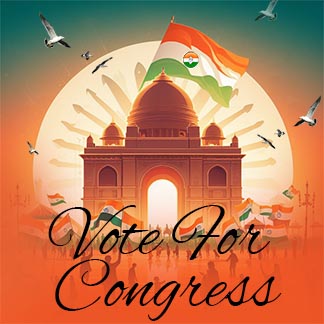
Ensuring Accessibility and Inclusivity
In the pursuit of captivating visuals, campaigners must not overlook the importance of accessibility and inclusivity. Election art should be designed with all audiences in mind, ensuring that content is understandable and engaging for people of diverse backgrounds and abilities. Representation matters, and campaign visuals should strive to reflect the diversity of the electorate, fostering a sense of inclusion and belonging.
Measuring the Impact of Election Art
Analyzing the impact of election art is essential for refining strategies and optimizing future campaigns. By tracking engagement metrics such as likes, shares, and comments, campaigners can assess the effectiveness of their visuals and adjust their approach accordingly. Additionally, soliciting feedback from voters provides valuable insights into what resonates with the audience and what needs improvement.
Challenges and Solutions in Modern Election Art
Despite its effectiveness, modern election post art presents its fair share of challenges. Limited budgets, tight deadlines, and evolving digital landscapes can pose obstacles to creating impactful visuals. However, with careful planning, creativity, and resourcefulness, campaigners can overcome these challenges and produce compelling election art that drives results.
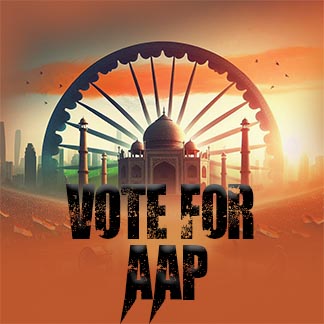
Future Trends in Election Post-Design
Looking ahead, the future of election post-design promises even more innovation and creativity. Technologies such as augmented reality offer new possibilities for immersive storytelling, allowing voters to engage with campaign content in unprecedented ways. Personalized content delivery, powered by data analytics and machine learning, enables politicians to tailor their message to individual voters, increasing relevance and resonance.
Ethical Considerations in Election Art
As powerful as it can be, election art must be wielded responsibly and ethically. Transparency in messaging is paramount, ensuring that voters are not misled or manipulated by deceptive visuals. Campaigners must also guard against bias and ensure that their art represents diverse perspectives fairly and accurately. By upholding ethical standards in their visual communications, politicians can foster trust and credibility with the electorate.
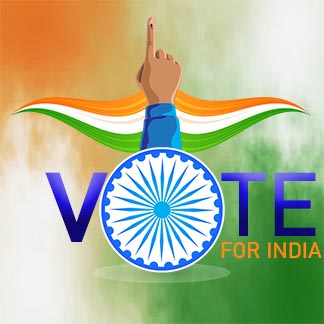
Collaborating with Design Professionals
Creating effective election art often requires the expertise of design professionals and artists. By collaborating with graphic designers, illustrators, and videographers, politicians can bring their vision to life with precision and flair. Effective communication is key to successful collaborations, as campaigners must articulate their goals and preferences clearly to ensure that the final product aligns with their vision.
Conclusion
In conclusion, modern election posts with crafty art play a pivotal role in shaping public opinion, mobilizing support, and driving voter engagement. By harnessing the power of visual storytelling, politicians can convey


































